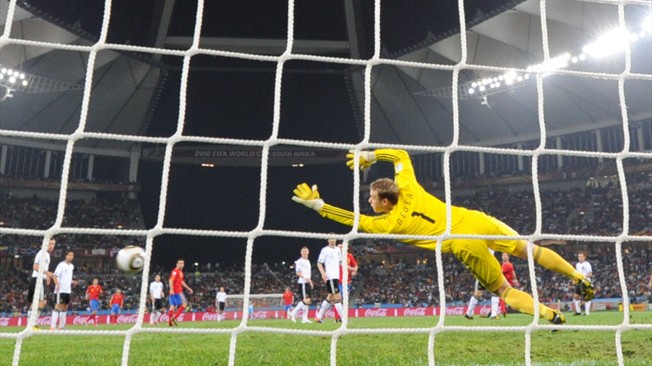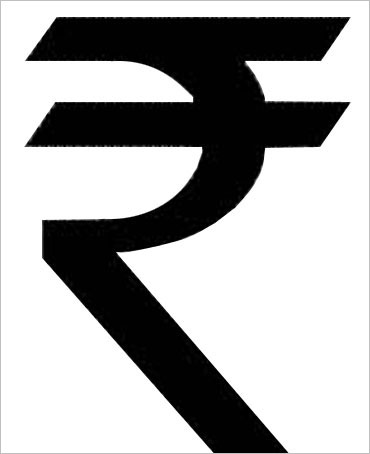By the time you get around to reading this, the football World Cup would have already started. And hopefully the referees would have awarded a few penalty kicks by then as well.
A penalty kick is by far the easiest way to score a goal in football. As Steven D. Levitt and Stephen J. Dubner write in Think Like a Freak “75 percent of penalty kicks at the elite level are successful.”
In fact, the goalkeeper cannot wait for the footballer taking the penalty to kick the ball. The ball takes around 0.2 seconds to reach the goal after it is kicked. Hence, this does not give enough time to goalkeeper to figure out the direction in which the ball is kicked. He has to take a guess in which direction the ball will be kicked and jump (either to his right or his left). If he gets the direction wrong, then the chances of a goal being scored “rise to about 90 percent”.
Given this, which direction do goalkeepers jump in? As Levitt and Dubner write “If you are a right-footed kicker, as most players are, going left is your “strong” side. That translates to more power and accuracy—but of course the keeper knows this too. That’s why keepers jump toward the kicker’s left corner 57 percent of time, and to the right only 41 percent.”
What does this mean? It means that they stay in the centre only 2 percent of the time. Hence, the for a footballer taking the penalty it makes immense sense to aim for the centre of the goal. He is more likely to succeed in scoring a goal. But only 17 percent of kicks are aimed for the centre of the goal.
Now why is that the case? Why don’t kickers hit the ball towards the centre of the goal where the chances of scoring the goal are the highest? A simple reason is kickers want to maintain some mystery instead of doing the same thing all the time (i.e. aim towards the centre of the goal). If every kicker started kicking the ball towards the centre of the goal all the time, goalkeepers would soon figure out what is happening and factor that in.
But there is a more important reason than just trying to be unpredictable. As Levitt and Dubner point out “Picture yourself standing over the ball. You have just mentally committed to aiming for the center. But wait a minute—what if the goalkeeper doesn’t dive? What if for some reason he stays at home and you kick the ball straight into his gut and he saves [the goal]…without even having to budge? How pathetic will you seem!”
So you decide to take the “traditional route” and aim for one corner of the goal. If the goalkeeper saves the goal, then so be it. At least you won’t seem pathetic and be accused of doing a dumb thing.
At a more general level what this means is that people feel more comfortable being a part of a “herd” and doing things that everybody else around them seems to be doing. And this applies to the investment industry as well.
An excellent example of this comes from the dot-com bubble. By the end of 1999, even though the stock market had reached astonishingly high levels, the Wall Street analysts were still recommending that investors should continue to buy stocks. According to data from Zack Investment Research, only about one percent of the recommendations on some 6,000 companies were sell recommendations. The remaining 99 percent was divided between 69.5 percent buy recommendations and 29.9 percent hold recommendations (i.e., don’t buy more shares but don’t sell what you already own). The dot-com bubble started losing steam March 2000 onwards.
Bob Swarup explains this phenomenon in Money Mania in the context of investment managers.As he writes “Don’t stick your head above the parapet. Run with the pack. There is safety in numbers, especially in bad times. It may not the rational human’s choice but it is the sensible human’s choice.”
Running with the herd is a sensible human’s choice due to two reasons. “First, the notion of inclusivity is powerful and can create perverse economic incentives that encourage crowding. Second, having decided to go with the flow, we are good at convincing ourselves that there are strong rational bases for what is essential a primal urge to belong and conform.”
An excellent recent example of this phenomenon is the current upgrading of the Sensex/Nifty targets by almost all stock brokerages. Targets as high as the Sensex reaching 35,000 points by December 2015, have been bandied around. This is not to say that the Sensex will not reach the target. It may. It may not. That time will tell and I really don’t know.
But the point is that there is not one stock brokerage out there which has a different point of view. How is that possible? Every stock brokerage is telling us that the economic problems of this country are over because a new government which “seems” to be reform oriented will deliver and set everything right. And happy days will be here again.
But as we all know, hope as an investment strategy, can be a pretty dangerous thing. Shouldn’t at least one brokerage be discounting for that? But they are not. As Swarup explains “no financial institution wants to be an outlier.”
Further, it needs to be pointed out here that investment managers are not the only ones who like to move in a herd. Economists do that as well, specially the ones who work on the policy side with the government. Given this, it limits their ability to spot bubbles and financial crises. In order to that they need to move against the herd. And that is a huge risk to take.
As Alan Greenspan writes in The Map and the Territory —Risk, Human Nature and the Future of Forecasting “In my experience, if policy makers are in a minority and wrong, they are politically pilloried. If they are in a majority, and wrong, they are tolerated and the political consequences are far less dire.”
To conclude, John Maynard Keynes explained this phenomenon brilliantly when he said “Worldly wisdom teaches that it is better for the reputation to fail conventionally than to succeed unconventionally.”
The article originally appeared in the Mutual Fund Insight magazine July 2014
(Vivek Kaul is the author of the Easy Money trilogy. He can be reached at [email protected])




